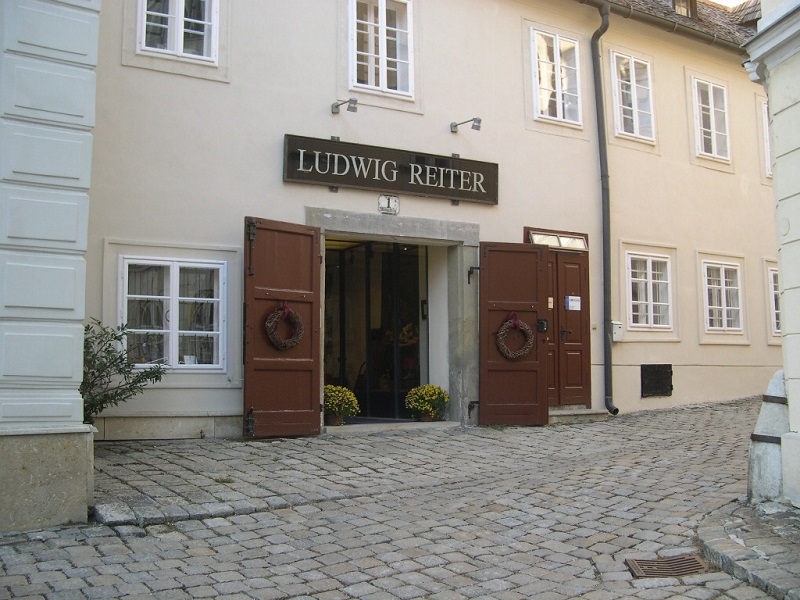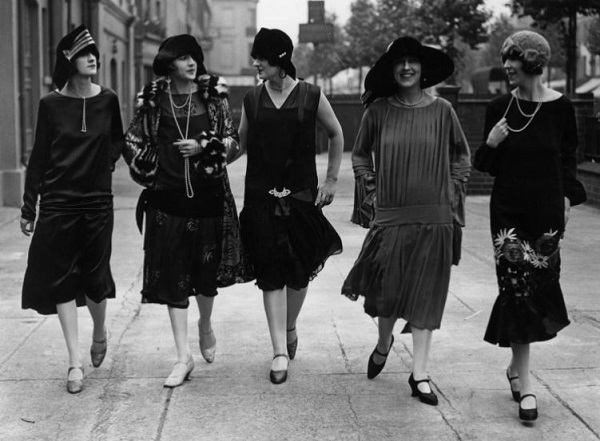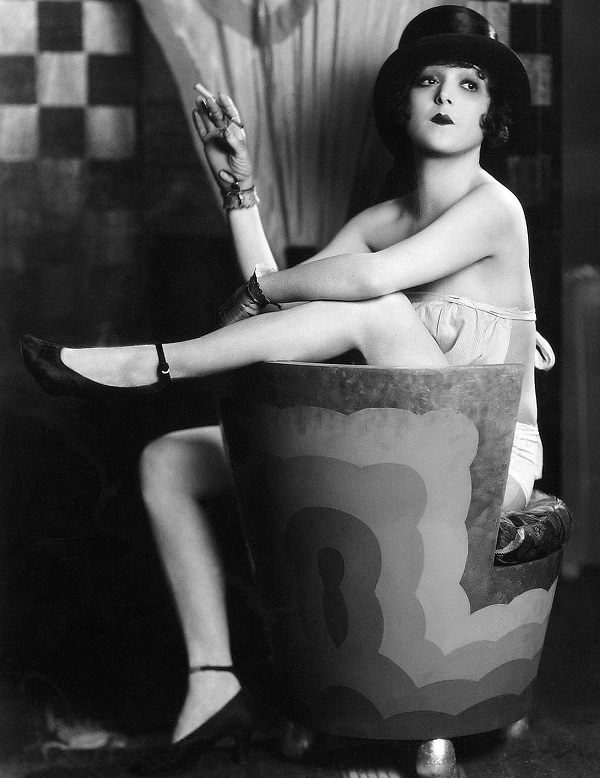From Reader Jason R. comes this intriguing question:
You have spoken at length about how to spend money on watches and etcetera. I have been champing at the bit to ask you, sir, if you hit the Powerball: where does one buy the finest of suits?
Now that is an interesting question. Right off the bat, I don’t want to hear from people who are only going to wear jeans and wife-beater t-shirts for the rest of their lives, nor do I wish to hear about how suits are an outdated institution blah blah blah. Mr. R. wants to hear about suits, and I will address that issue with two options, bearing in mind that with Powerball winnings, cost is not an issue; but style and quality are.
Golden Rule: forget off-the-peg / ready-to-wear, unless you have to wear a suit in the next month or so. It’s to a tailor you’ll be going.
Option 1: Go to a style capital, and have the suits made (you’ll need at least four, along with dinner attire — a tuxedo, in the American idiom). Your choices will include:
Milan, if you have the figure to wear Italian designs — i.e. not fat like me. Milan sets so many fashion trends, it’s silly to go anywhere else, if you want to be fashionable. By the way, Italian suits are so well made that you might be able to find something off-the-peg which will work, but I’d still go to Caraceni first. Be aware that Italian suit designs go out of fashion more quickly than the “classic” designs; if you want something of that nature, you’ll need to go to
London (Savile Row or Jermyn Street) for the British cut: timeless and almost immediately recognizable — but you’ll need to find something to do in London for a couple weeks, because those Brit tailors are slow. One caveat: Brits don’t do summer suits that well, simply because they don’t need them that much; the Italians do, so you may do well to split your trips, as it were.
New York will be fine, if you’re okay with American-style suits (the eponymous TV show Suits is coincidentally an excellent example of the look). Barney’s used to be the place to go, but I’m not sure if that’s true anymore. (My NY Readers may be able to help.)
Option 2: go to Hong Kong, and have a dozen suits made for the same price as four would cost you in any of the above cities. Seriously: anyone who knows anything about buying good suits either goes or has gone to Hong Kong. They will have all the latest fashion patterns, and all the different cloth weights and types on display; picking out the fabric(s) will take you almost as long as it takes them to make the suit. You’ll only need about three days to get a dozen suits. Hankow Road will give you Willie Cheng or Sam’s (the celebrity tailor). Mr. FM, who has all his suits made in HK, cautions against getting your shirts made there because for some reason, HK tailors never give you a long enough tail — which means your shirt is always coming out. Stick with the guys in Jermyn Street.
Addendum: you’ll need shoes. Forget American formal shoes like Johnston & Murphy, unless you want to look like the parvenus lawyers in Suits. (I’m not dissing J&M, by the way: I own two pairs, and love them. But if you want to match your exquisite suits with equally-exquisite shoes…)
Once again, Milan will be your friend — nobody makes stylish shoes quite like the Italians. However, if you really want to follow the example of Sterling Archer (and you should), you should have your shoes made for you by a cordwainer (old fart’s term for shoemaker). If you don’t want to go to Milan and visit Stivelaria Savoia, or you’d prefer a more classical style of shoe, I would like to suggest a place somewhat off the beaten track: Vienna, and the place to go there is Ludwig Reiter. (Warning: if you follow that link and read about “welting”, you may never buy shoes off the shelf again.)

If you’d prefer a more British style, then John Lobb in London will give you whatever you need. I’ve been there, could never afford their prices (see below). I love their description of how shoes are made.
All bespoke shoemakers will measure your foot and make a wooden last of it; then, whenever you need new shoes, you just call them and they’ll make you a new pair, or several new pairs, according to your style selection. The initial consultation and measurement will take ages, but subsequent pairs will be made quite quickly. In most cases, you’ll be allocated an individual within the company who will be responsible for all your shoes thereafter.
You’ll need an assist from Powerball, by the way: Savoia, Lobb and Reiter shoes can cost anywhere from $2,000 – $8,000 a pair. But they’ll last forever, and never go out of fashion. I have a copy of Reiter half-boots which cost close to $800; I’m still wearing them, twelve years later, and they still look wonderful. (Those are available in Vienna’s Kärtnerstrasse — a very bad place to shop if you have no impulse control.)
Now… where did I put that EuroMillions ticket?







